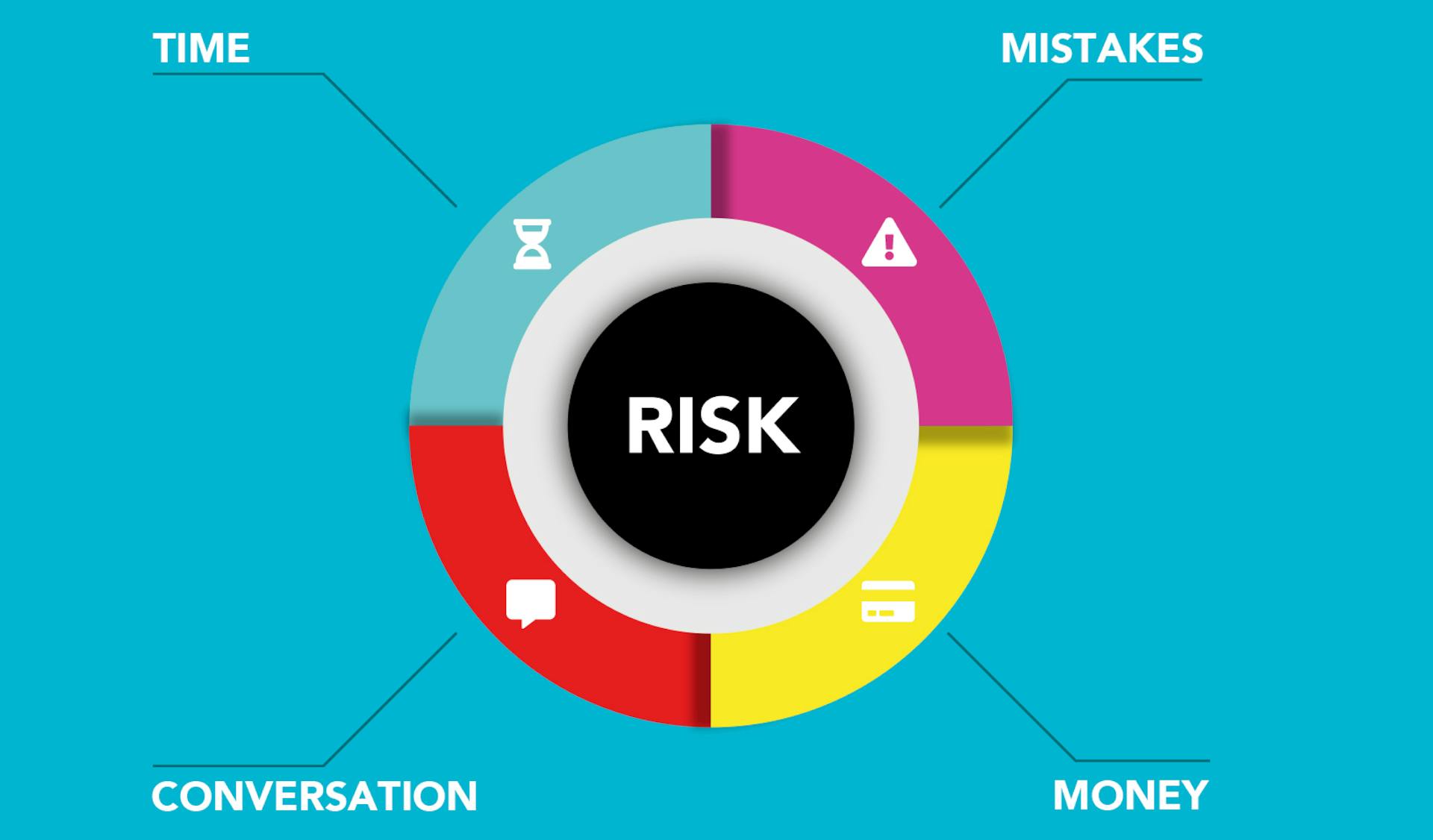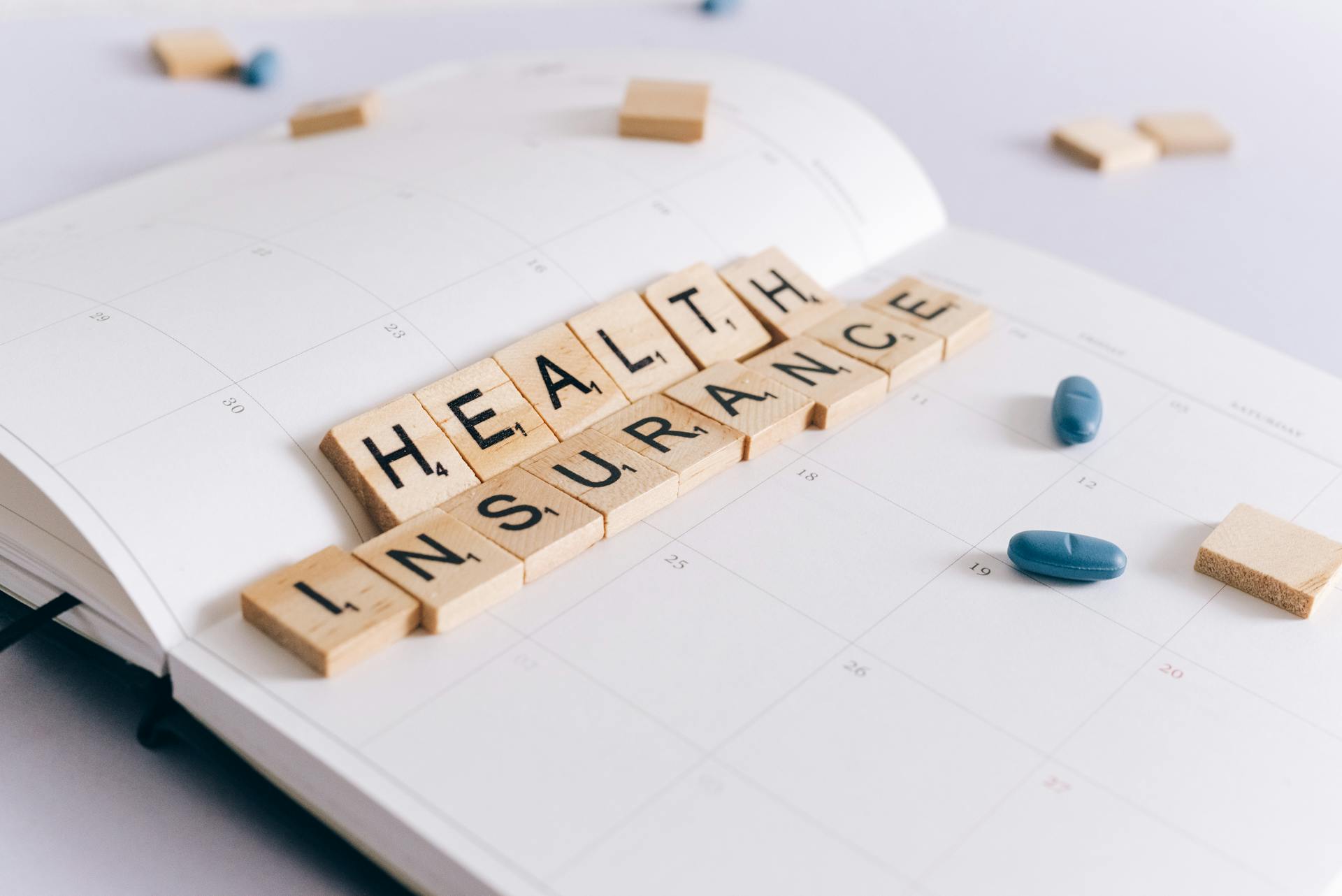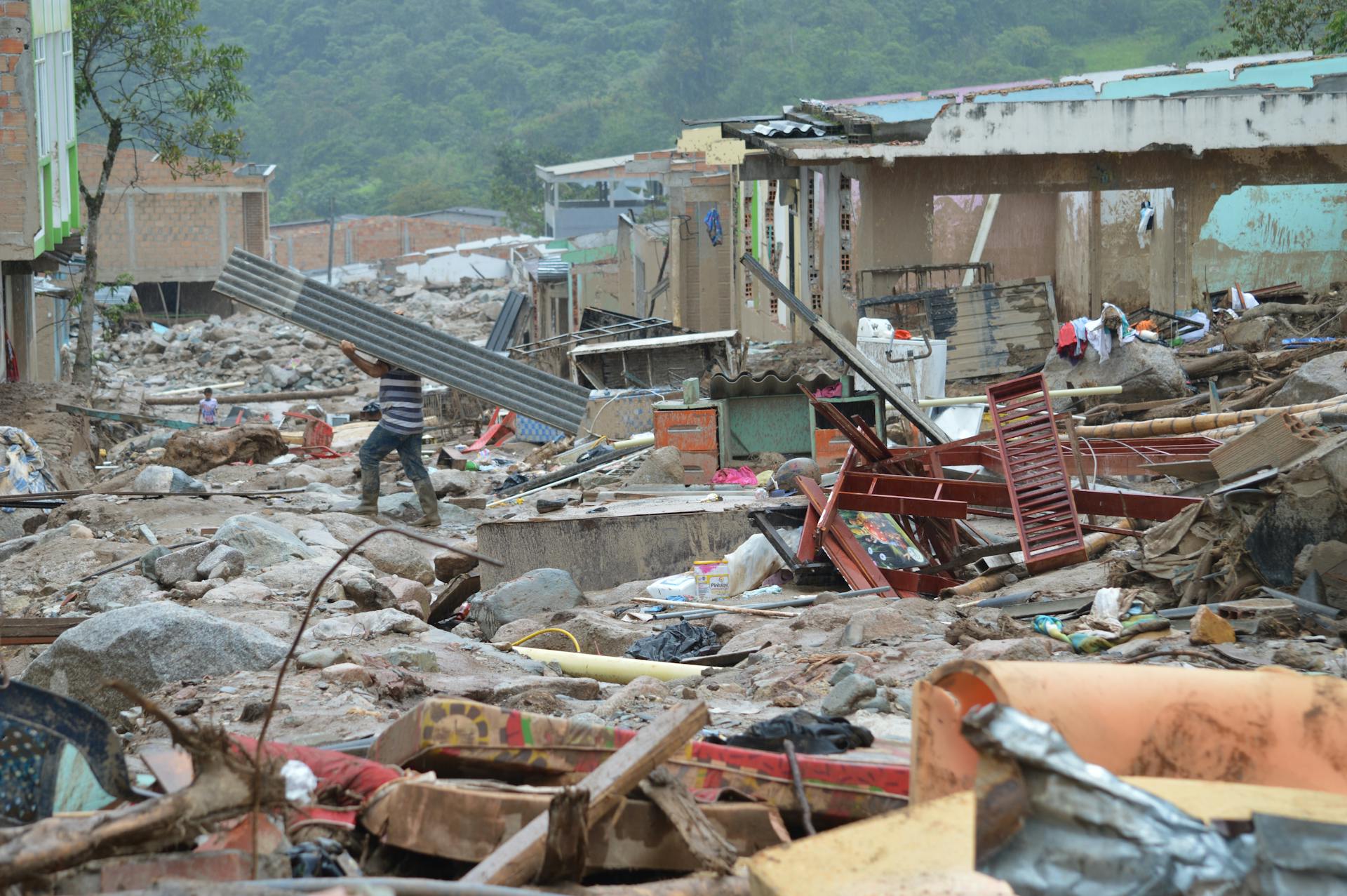
Catastrophe risk modeling is a powerful tool that helps organizations prepare for and respond to natural disasters and other catastrophic events. It's a complex process that involves analyzing vast amounts of data to predict the likelihood and potential impact of disasters.
By using catastrophe risk modeling, companies can better understand their exposure to risk and make informed decisions about how to mitigate it. This can include investing in disaster prevention and response measures, such as flood barriers or emergency funds.
Catastrophe risk modeling can also help organizations identify areas of high risk and develop targeted strategies to reduce their vulnerability. For example, a company that operates in a flood-prone area may use catastrophe risk modeling to identify the most vulnerable locations and implement flood-resistant construction measures.
Ultimately, catastrophe risk modeling is a key component of business continuity planning and can help organizations stay ahead of the curve when it comes to disaster preparedness.
Broaden your view: Insurance for Social Service Organizations
Model Components
Catastrophe risk modeling involves breaking down complex natural disasters into manageable components. These components help us understand the risks and potential impacts of catastrophes.
The catastrophe modeling framework consists of four main modules: Event, Hazard, Vulnerability, and Exposure. This framework is used to assess the likelihood and potential damage of natural disasters.
The Event module generates a database of scenario events, each defined by its strength, location, and probability of occurring. This module simulates thousands of possible event scenarios based on realistic parameters and historical data.
The Hazard module assesses the level of physical hazard across a geographical area at risk. For example, an earthquake model estimates the level of ground motion across the region for each earthquake in the event set.
The Vulnerability module assesses the degree to which structures and their contents are likely to be damaged by the hazard. This module offers unique damage curves for different areas, accounting for local architectural styles and building codes.
The catastrophe modeling framework can be broken down into the following five components: Event Generation, Local Intensity Calculation, Exposure Data, Damage Estimation, and Insured Loss Calculation.
Here's a summary of these components:
- Event Generation: Large catalogs of simulated events capture the frequency, severity, location, and other characteristics of the entire spectrum of plausible catastrophes.
- Local Intensity Calculation: For each simulated event, the intensity of the hazard is calculated at each affected site.
- Exposure Data: Information about the property, replacement value and physical characteristics, is input into the model.
- Damage Estimation: Physical damage is calculated for each affected exposure.
- Insured Loss Calculation: Policy terms and conditions are applied to estimate insured losses.
Flood Risk Modeling
Flood Risk Modeling is a crucial aspect of catastrophe risk modeling. It involves simulating millions of stochastic events over a long period, such as 10 million events over 10,000 years, to determine the probability of flooding and potential financial loss.
Flood catastrophe models can assess the behavior of extreme flooding events, including their severity, location, frequency, and spatial correlation. These models can also estimate the financial loss, either aggregated across portfolios or for individual locations.
Leading non-life insurers are using flood catastrophe models to enhance their analytical and catastrophe modeling capabilities. By integrating these models into their workflow, they can boost their portfolio and achieve an on-demand view of flood risk.
Flood defences play a vital role in protecting people and properties against flooding, but climate change is increasing flood risk, making it essential to evaluate their performance under different scenarios. This can be done using flood catastrophe models that simulate the behavior of floods under various climate change scenarios.
Take a look at this: Climate Risk Modeling
Flood catastrophe models can be used to understand the probability of flooding, spatial correlation, and potential financial loss. They can also assess an organization's exposure to flood risk, including the number of assets at risk and the potential financial loss.
Most organizations don't have the capability to host cat models in-house, but they can access critical risk information by using processed flood risk data provided by services. This data is based on geographical locations and asset details supplied by the client.
A transparent flood model for the UK has been created, simulating pluvial, fluvial, and coastal flood risks for 10 different return periods. This model can help consultants provide detailed and actionable insights to their clients.
Flood catastrophe models can help organizations understand their flood risk and make informed decisions. By using these models, organizations can reduce their risk exposure and financial loss in the event of a flood.
You might enjoy: Financial Risk and Non Financial Risk
Data and Insights
Most organizations don't have the capability to host cat models in-house, so we can provide processed flood risk data based on geographical locations and asset details supplied by the client.
Our data outputs can be accessed without needing technical expertise, resources, or infrastructure.
We can provide critical risk information to organizations that need it, without overwhelming them with technical details.
Processed flood risk data allows organizations to make informed decisions about risk management and mitigation strategies.
This is especially useful for organizations that don't have the resources or expertise to manage catastrophe risk modeling in-house.
Curious to learn more? Check out: Directors and Officers Insurance for Nonprofit Organizations
Risk Assessment and Management
Risk assessment and management is a crucial aspect of catastrophe risk modeling. IRB Brasil Re, a leading reinsurer in Latin America, has a long history of managing risk and continues to grow in the market. Understanding and quantifying risk to assets and investments is key, with metrics such as average annual loss (AAL) and exceedance probability.
Risk managers use cat models to assess overall flood risk, taking into account geographical spread and correlation of risks. This approach helps identify potential vulnerabilities and informs decisions on risk tolerance and transfer. Asset managers can also use cat models to ensure long-term investments are resilient to current and future flood risk.
Here's an interesting read: Pimco Models
However, relying solely on cat models can lead to significant risks, especially when seasoned underwriters do not analyze the models. Inherent errors and uncertainties in cat models can be compounded by complex nature and simplifications necessary to make them computationally feasible. Experienced underwriters can help mitigate these uncertainties by applying their contextual knowledge of the risk landscape.
For more insights, see: Honda Models
Exposure Management
Exposure management is a crucial aspect of risk assessment and management. IRB Brasil Re has a long history of reinsurance market leadership in Latin America and continues to maintain that position in nine out of its eleven business lines.
Understanding and quantifying the risk to assets and investments is essential for effective exposure management. Asset risk management involves understanding and quantifying the risk to assets and investments, with metrics such as average annual loss (AAL) and exceedance probability.
Risk Managers use cat models to assess overall flood risk, taking into account the effect of geographical spread and correlation of risks. This allows for more informed decision-making and better risk management.
Cat models are used to estimate the potential damage and insured loss caused by hazards, informing decisions on everything from risk tolerance and transfer to pricing, underwriting, planning and setting financial reserves. This includes assessing the loss that can be expected to occur per year, on average, over a period of many years, known as the Average Annual Loss (AAL).
For your interest: Loss Control Consultant
How Underwriters Overcome Limitations
Underwriters can help mitigate the uncertainties of catastrophe models by applying their contextual knowledge of the risk landscape. Experienced underwriters can analyze the models and consider qualitative factors that might not be immediately apparent in model outputs.
CAT models can overemphasize the use of historical data to predict future risks, assuming that future events will follow past patterns. Changes in climate, urban development, and building codes can dramatically alter the risk landscape.
The complex nature of the models and the simplifications necessary to make them computationally feasible only compound the errors and uncertainties inherent in all CAT models, especially around extreme values or rare events. Experienced underwriters can help mitigate these uncertainties.
See what others are reading: Cat Risk Modeling
Providing accurate data for the models is crucial, as inaccurate data can lead to poor underwriting decisions and ineffective risk management. Underwriters are trained to look beyond the numbers and consider qualitative factors that might not be immediately apparent in model outputs.
CAT model outputs can be misinterpreted by non-experts or people with limited understanding, leading to misuse of the output without recognizing its limitations. Underwriters can help maintain a dynamic approach to risk assessment, constantly questioning and refining assumptions based on the latest data and trends.
Benefits and Features
This book offers a comprehensive overview of 42 natural and man-made perils, making it a go-to text for catastrophe risk modeling.
The book provides step-by-step guidance on how to build a simplified CAT risk model from scratch, which is a valuable resource for those new to the field.
A catastrophe ontology is included, based on first principle rules and commonalities between perils, that describes any peril following the same modeling procedure, from hazard to risk.
Additional reading: Catastrophe Risk Analyst
This ontology is a game-changer, as it allows for a standardized approach to modeling different types of catastrophes.
The book covers a wide range of perils, including asteroid impacts, pest infestations, social unrest, and cascading failures, which are often overlooked in traditional risk models.
Simple models are provided for dozens of perils, in the form of analytical expressions, simple algorithms, and pseudocodes, making it easy to understand and apply the concepts.
These models are based on the standard methods used by reinsurers, catastrophe risk model vendors, and civil protection agencies, ensuring that the information is accurate and reliable.
The book also considers future horizons in modeling, including the impact of global warming on complex Earth systems.
Here is a list of the key features of the book:
- Comprehensive overview of 42 natural and man-made perils
- Step-by-step guidance on building a simplified CAT risk model
- Hazard and risk assessed probabilistically
- Simple models provided for dozens of perils
- Catastrophe ontology based on first principle rules
- Consideration of future horizons in modeling
Understanding and Access
There are a number of ways to access catastrophe models, depending on your requirements and in-house capabilities.
You can access catastrophe models directly, by using in-house software and expertise, or through a third-party provider who offers model access as a service.
Direct access can be beneficial for organizations with the necessary resources and expertise to manage and update the models.
Curious to learn more? Check out: Characteristic Nonrational Models
How to Access

Accessing catastrophe models can be done through various means, depending on your specific needs and in-house capabilities.
There are a number of ways to access catastrophe models, depending on your requirements and in-house capabilities.
You can access catastrophe models through third-party vendors who provide access to their models for a fee.
Catastrophe models can also be accessed through in-house capabilities, such as having a team of experts who can build and maintain models.
Having a team of experts who can build and maintain models can be beneficial for organizations that require customized models.
In-house capabilities can also include having access to software and tools that allow you to build and analyze models.
You might like: In House Counsel Malpractice Insurance
Learn More About?
Understanding and Access is a complex topic, and there's more to explore.
The concept of accessibility has been around for decades, with the Americans with Disabilities Act (ADA) being passed in 1990.
The ADA requires businesses to provide equal access to goods and services for people with disabilities, including physical, communication, and information barriers.

For example, many businesses now have wheelchair ramps and elevators to ensure physical accessibility.
The internet has also played a significant role in increasing accessibility, with websites being designed to be more user-friendly for people with disabilities.
In fact, the Web Content Accessibility Guidelines (WCAG) provide a set of standards for making websites accessible to everyone.
These guidelines include features such as alt text for images and closed captions for videos.
By following these guidelines, businesses can ensure that their online presence is accessible to a wider audience.
In addition, assistive technologies like screen readers and braille displays have improved the lives of people with disabilities.
These technologies provide alternative ways for people to interact with digital information and access online content.
For more insights, see: Business Insurance for Online Business
Frequently Asked Questions
What is the catastrophic risk model?
A catastrophic risk model is a tool that estimates the financial impact of potential disasters by analyzing current environmental conditions and scientific research. It helps insurers and businesses prepare for and mitigate the effects of natural disasters.
What is catastrophe modeling methodology?
Catastrophe modeling methodology involves using complex computational tools to quantify the potential financial impact of extreme events on an organization's assets. This risk assessment approach has been widely adopted by the (re)insurance industry since the 1980s.
Sources
- https://www.rms.com/catastrophe-modeling
- https://www.fathom.global/insight/introduction-to-catastrophe-modeling/
- https://www.cambridge.org/highereducation/books/introduction-to-catastrophe-risk-modelling/A3A5B5FB990921422BFEBB07734BF869
- https://www.verisk.com/resources/about-catastrophe-modeling/
- https://jencapgroup.com/insights/property/how-cat-modeling-algorithms-impact-the-insurance-industry/
Featured Images: pexels.com


